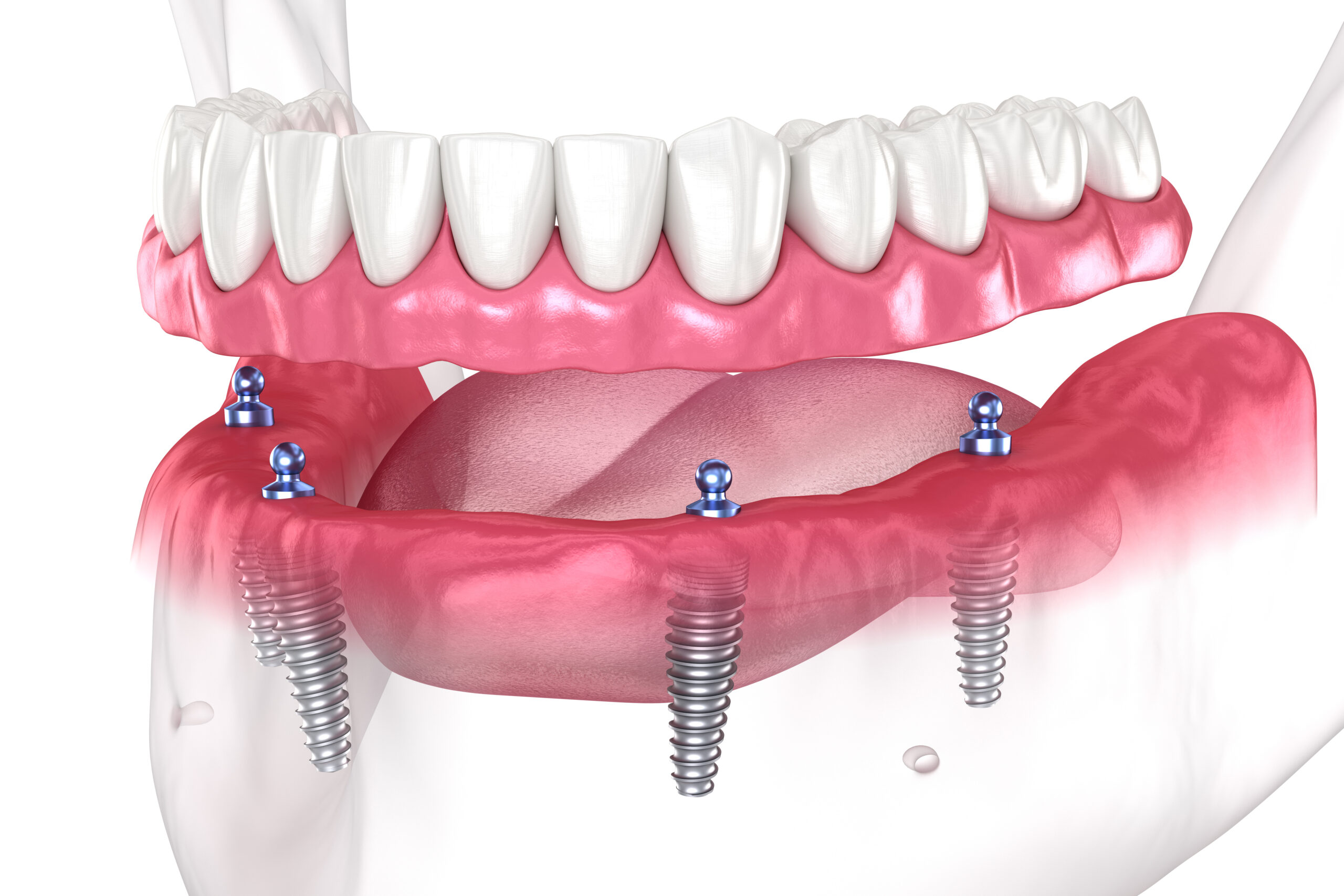See This Report about Dental Sense
See This Report about Dental Sense
Blog Article
The 6-Minute Rule for Dental Sense
Table of ContentsNot known Facts About Dental SenseThe Ultimate Guide To Dental SenseIndicators on Dental Sense You Need To KnowDental Sense Things To Know Before You Get This
are medical gadgets operatively implanted into the jaw to recover a person's capacity to chew or their appearance. They offer assistance for artificial (fake) teeth, such as crowns, bridges, or dentures. When a tooth is lost due to injury or disease, a person can experience problems such as fast bone loss, defective speech, or adjustments to chewing patterns that result in discomfort.Oral implant systems include an oral implant body and dental implant joint and might also include an abutment addiction screw. Professional teeth whitening. The dental implant body is operatively placed in the jawbone in place of the tooth's origin. The dental implant abutment is typically attached to the implant body by the abutment addiction screw and prolongs via gums into the mouth to sustain the affixed synthetic teeth
(https://businesslistingplus.com/profile/dentalsense1/)Framework of The Oral Implant System selecting oral implants, talk with your dental supplier about the possible benefits and dangers, and whether you are a candidate for the treatment. Points to consider: Your total health and wellness is a vital aspect in establishing whether you are an excellent candidate for dental implants, for how long it will certainly take to heal, and the length of time the implant may remain in area.
Cigarette smoking may influence the recovery procedure and lower the lasting success of the dental implant. The recovery procedure for the implant body might take a number of months or longer, during which time you usually have a temporary joint instead of the tooth. the dental implant treatment: Very carefully comply with the dental hygiene directions offered to you by your oral copyright.
The Ultimate Guide To Dental Sense
Implant failing can result in the need for another surgery to fix or replace the implant system. Recovers the capacity to eat Restores aesthetic look Assists maintain the jawbone from shrinking due to bone loss Maintains the health of the bordering bone and periodontals Assists maintain surrounding (nearby) teeth steady Boosts top quality of life Damages to bordering natural teeth throughout implant positioning Injury to the surrounding cells during surgical procedure, such as sinus opening Injury during surgical procedure (for example, fracture of bordering jawbone) Insufficient function, such as seeming like the teeth do not attack together usually A feeling that the tooth hangs or twisting in place arising from an abutment screw loosening Implant body failing (looseness of the implant body) because of systemic infection, which may be a lot more likely in individuals with uncontrolled diabetics issues due to neighborhood infection in bone and periodontals supporting the dental implant body due to postponed healing, which may be more probable in people that smoke Trouble cleaning up the periodontals around the implant, leading to bad oral hygiene Without treatment gum illness Post-surgical tingling as a result of nerve impingement or damage Always alert healthcare companies and imaging service technicians that you have oral implants before any magnetic vibration imaging (MRI) or x-ray treatments.
FDA is not familiar with any damaging events reported for MRI or x-ray treatments with oral implants. Dental implants systems are generally made from products that adhere to global agreement standards of the International Organization for Standardization (ISO) or ASTM International. These requirements have details of what makes a secure product.

A dental implant is a framework that replaces a missing out on tooth. With screw-like tools, the news specialist inserts an implant into the jawbone, and it acts as a support for a synthetic tooth, called a crown. A tool called an abutment attaches the artificial tooth to the oral implant. The crown is customized to fit the person's mouth and match the shade of their teeth.
An Unbiased View of Dental Sense
Some people are not qualified for oral implant surgical treatment. It is for oral cosmetic surgeons to operate on individuals with: intense illnessuncontrollable metabolic diseasebone or soft cells condition or infectionIf these concerns are solved, an individual can have the surgical treatment. In, oral cosmetic surgeons avoid from operating people with: If people with any one of the above undertake oral implant surgery, there is a higher danger of the implant falling short.

Oral implant surgical treatment is a tailored process. It's not the exact same for everybody. The adhering to offers a basic introduction of what you can anticipate your dental professional, dental cosmetic surgeon, periodontist or prosthodontist to do: Put the dental implant surgically. Provide you time to heal. Affix the message and last crown, bridge or denture.
Next, your cosmetic surgeon will very carefully position the dental implant right into your jaw. Lastly, your doctor will certainly reposition your gums and shut the laceration with stitches. If your implant is near the front of your mouth, your dental practitioner will certainly make a short-lived tooth for you to use up until you heal. By doing this, you will not have a gap in your smile while you recover.
Dental Sense Fundamentals Explained
Throughout the recovery phase, your jawbone should fuse to the dental implant. This procedure can take anywhere from three to 9 months.
Once your dental implant heals, your dental professional can attach the joint (small connector message) and your last restoration (crown, bridge or denture). This typically takes about one hour to finish and may call for a 2nd small surgery. You should not feel any kind of pain throughout your oral implant procedure because your provider will certainly make use of drug to numb your gum tissues.
Report this page